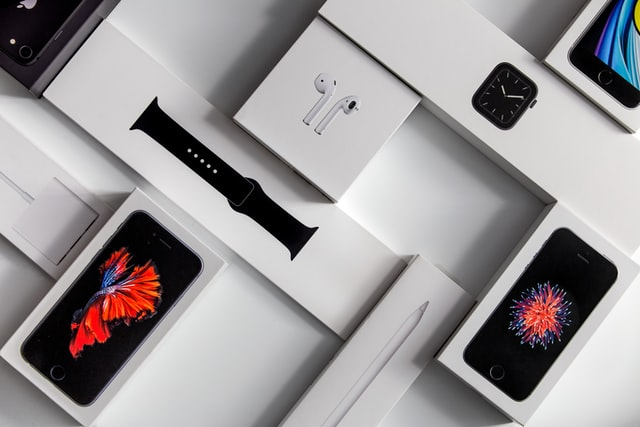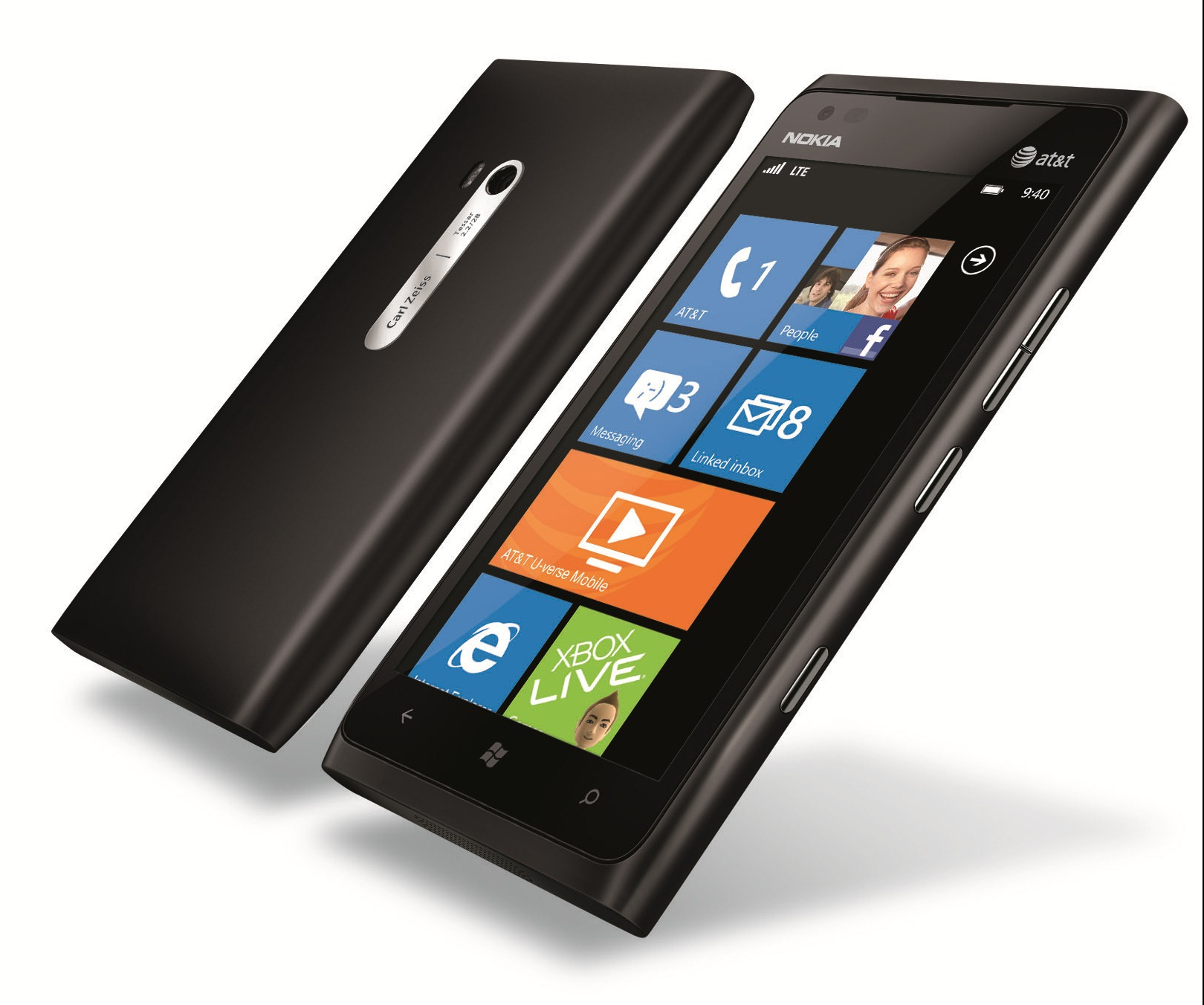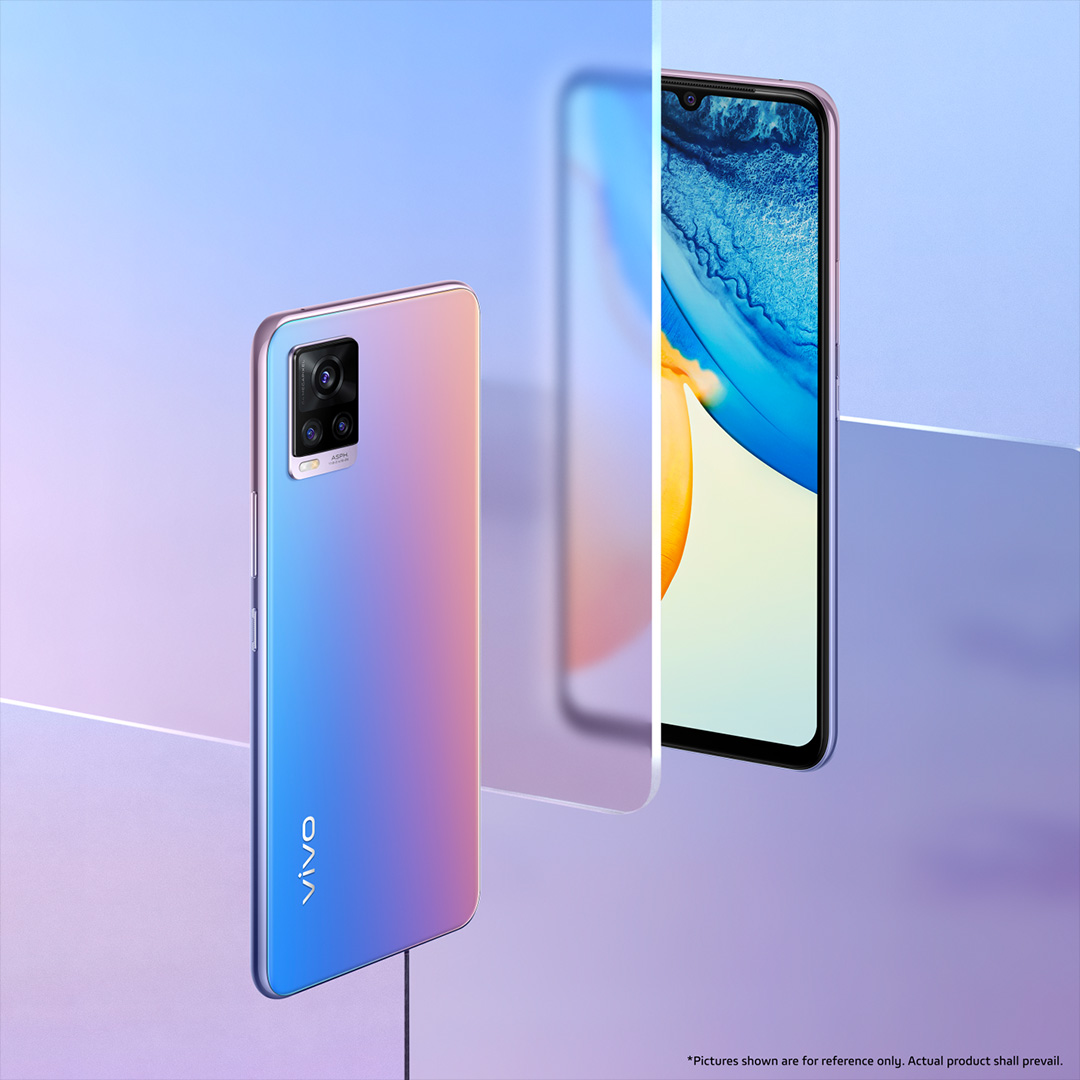Apple products for creatives have long been a cornerstone in the world of artistic expression, seamlessly blending cutting-edge technology with intuitive design. From graphic design tools on Mac computers to innovative music production on iOS devices, Apple empowers artists across various mediums to unleash their creativity. Unlike Android, where creative apps often lag behind, Apple’s ecosystem offers a wealth of features that cater specifically to professionals in graphic design, music, and beyond. Even though competitors like the Galaxy Note have made strides in attracting artists, the reliability and quality of Apple’s creative applications continue to set it apart. With a robust suite of tools designed for everything from photo editing to digital composition, Apple remains the preferred choice for creatives seeking a high-performance platform.
When discussing devices favored by artists and designers, we often refer to Apple’s suite of offerings that excel in the creative domain. Innovative tools for graphic design and sophisticated music creation apps on iOS have established the brand as a leader in supporting creative professionals. Integrating advanced technology and user-friendly interfaces, Apple’s products stand out against alternatives like the Galaxy Note for artists, which, although competent, struggle to match the comprehensive functionality of Apple’s creative tools. As the creative landscape expands, the comparison between iOS vs Android apps highlights the superior options available on Apple devices for music production and artistic expression. Ultimately, whether you’re producing beats or designing graphics, Apple products provide an unparalleled experience that is tough to replicate elsewhere.
The Dominance of Apple Products for Creatives
Apple products have established themselves as essential tools for creatives across various fields. Graphic designers appreciate the precision and color accuracy offered by Macs, which are equipped with high-resolution displays that enhance creative workflows. The combination of robust software options like Adobe Creative Suite, Final Cut Pro, and Logic Pro, alongside the dedicated hardware, creates an environment where artists can thrive. With intuitive interface designs, Apple devices make it easier for users to bring their visions to life, whether they’re creating graphics, video content, or music.
Moreover, the seamless integration of apps available on iOS caters specifically to the needs of creatives. With apps ranging from graphic design tools to music production software, Apple users benefit from a cohesive experience that allows for real-time collaboration and sharing. This level of efficiency and connectivity sets Apple apart in the creative marketplace, as tools like Procreate, GarageBand, and more empower users to harness their creativity without limitations. Creativity flourishes when users can easily access the best resources, and Apple products undoubtedly provide that platform.
Comparing Graphic Design Tools on iOS vs. Android
When it comes to graphic design tools, Apple’s iOS clearly outshines Android in terms of quality and variety. Popular applications like Affinity Designer and Adobe Sketch offer optimized features specifically for iOS devices, allowing designers to execute intricate designs with greater ease and efficiency. The Apple Pencil, compatible with newer iPads, adds an extra layer of functionality that many Android devices simply do not match. Designers find that the response and functionality of iOS graphic design tools create a more engaging and productive experience than those available on Android.
On the flip side, Android does have its strengths, especially with the emergence of creative apps for Android that cater to specific niches. Apps like Infinite Painter and ArtFlow have gained popularity, but they often lack the extensive feature sets of their iOS counterparts. As the competition between the two operating systems continues, it will be interesting to see how Android developers rise to the challenge of creating more advanced graphic design tools that can compete with the best of Apple in the future.
Music Production on iOS vs. Android
Music production on iOS is widely regarded as superior, thanks to a plethora of exclusive apps designed for professional use. Software like GarageBand and FL Studio Mobile enables musicians to produce high-quality tracks right from their devices. The user-friendly interface combined with powerful features creates an unmatched experience for music producers. Competing with such platforms, Apple’s ecosystem supports a variety of MIDI controllers and interfaces, making it easier to produce songs on the go, thus affirming its dominance in the music production realm.
In contrast, Android’s music production capabilities are still developing. Although apps like Caustic 3 and BandLab are stepping up to provide musicians with useful tools, they often fall short compared to those available on iOS. Additionally, the lack of hardware and software integration limits the creative potential of Android devices for music production. It’s evident that while Android is making strides, iOS remains the preferred choice for artists looking for comprehensive and advanced music production options.
As developers recognize the gap in music production apps for Android, there may be hope for future advancements that will allow creativity to flourish on the platform. For now, Apple remains the leading brand that creatives turn to, simply because it provides the best tools and applications that align perfectly with their needs.
The Rise of the Galaxy Note for Artists
Samsung’s Galaxy Note series has made significant strides in attracting artists and creatives looking for versatile tools that allow for on-the-go expression. With its S Pen stylus, the Galaxy Note provides an enjoyable drawing experience that appeals to artists seeking to create detailed illustrations directly on their devices. The emphasis on a larger, high-quality display adds to the allure, allowing for clearer visuals during the creative process. As showcased at events like CES 2012, the performance tools and apps available on the Galaxy Note have made it a noteworthy option for artists wanting more flexibility and portability.
However, despite its advancements, the Galaxy Note’s performance in the creative community pales when compared to Apple products. While Samsung’s efforts have been commendable, iOS devices still boast a more extensive range of high-quality artistic applications. Artists working with applications like Procreate or Adobe Fresco find a more refined and efficient environment for their creative projects on Apple devices. For the Galaxy Note to fully capture the hearts of creators, it will need to overcome the software limitations currently hindering its usability in professional spaces.
Creative Apps for Android: A Growing Landscape
The landscape of creative apps for Android is steadily expanding, presenting exciting options for creatives who prefer this operating system. Tools like Canva for graphic design and KineMaster for video editing showcase the growing number of applications that cater to various artistic pursuits. This diversification is encouraging as it indicates that developers recognize the demand for quality creative solutions on Android. As more artists adopt Android devices, their feedback could spur further advancements in application design and functionality.
Despite this growth, many Android users still find themselves longing for the comprehensive suite of apps that iOS offers. With fewer high-profile applications made for Android, artists may sometimes feel limited in their creative capabilities. Consequently, while the Android platform is making significant strides with its growing catalog of creative apps, it has yet to establish itself as a comparable ecosystem to iOS for professional creatives.
The Impact of Mobile Technology on Creative Expression
Mobile technology has fundamentally transformed the way creatives express themselves across various disciplines. With easy access to high-quality graphic design tools and music production apps on smartphones and tablets, creators can work wherever inspiration strikes. This mobility allows artists and designers to take their projects from concept to completion in a fraction of the time it would traditionally take, thus boosting productivity and allowing for spontaneous creativity.
Furthermore, the persistent evolution of mobile devices fuels innovation within creative fields, pushing developers to create more advanced tools with enhanced functionality. As mobile technology continues to advance, we can expect to see even more integrations, such as augmented reality in graphic design and AI-enhanced features in music production. These innovations will not only enrich the creative experience but may also redefine how artists interact with technology in their workflows.
The Future of Creative Tools: Trends to Watch
Looking ahead, several emerging trends are likely to shape the future of creative tools. The rise of cloud-based applications is set to enhance collaboration among creatives, allowing teams to work together in real-time, regardless of their physical location. This trend reflects a growing need for flexibility and accessibility, which aligns perfectly with the lifestyle demands of modern creatives. As more professionals adopt remote working models, the importance of these collaborative tools cannot be overstated.
Additionally, we can anticipate a deeper integration of artificial intelligence within creative applications, leading to smarter features that simplify complex tasks or offer suggestions based on user behavior. For instance, music production software may use AI to analyze existing tracks and recommend improvements, thus empowering producers to elevate their sound. As creativity continues to be fueled by innovation, artists now have an exciting landscape full of possibilities to explore in their work.
The Role of Traditional vs. Digital Tools in Creative Processes
As digital tools gain traction within the creative industry, many professionals still value traditional methods as part of their workflows. For graphic designers, the tactile experience of sketching on paper remains irreplaceable for brainstorming and concept development. Traditional tools, while slower, can lead to more organic ideation and innovation, often resulting in designs that resonate with a personal touch.
Conversely, digital tools allow for greater efficiency and flexibility, enabling adjustments without losing the original. Artists can experiment with color palettes, create multiple versions, and easily share their work for feedback instantly. As both traditional and digital methods coexist, creatives can leverage the strengths of each approach to produce high-quality, innovative work that blends the best of both worlds.
Navigating the Evolution of Creative Software
The evolution of creative software has been remarkable, with advancements paving the way for new possibilities in artistic expression. Beginning with basic graphic design tools, today’s software boasts advanced features like real-time rendering, extensive libraries of resources, and intricate editing capabilities. This progress enables creators to produce high-quality work that previously required entire teams to accomplish.
As software continues to evolve, we are seeing greater emphasis placed on user experience and accessibility. Developers are increasingly focusing on creating intuitive interfaces that lower the learning curve and cater to users ranging from beginners to seasoned professionals. This shift illustrates a commitment to democratizing creativity, ensuring that anyone with a passion for art has the tools necessary to express their ideas.
Frequently Asked Questions
What are the best Apple products for creatives in graphic design?
Apple products for creatives, especially in graphic design, include the MacBook Pro and iMac for their powerful performance, Retina displays, and compatibility with leading graphic design software like Adobe Creative Suite. The iPad Pro, paired with the Apple Pencil, is also a top choice for illustrators and designers, providing a versatile platform for creating stunning visuals on the go.
How does music production on iOS compare to Android?
Music production on iOS is widely considered superior to Android due to its extensive range of professional apps like GarageBand, Logic Pro, and various high-quality synths. Apple products for creatives allow musicians to harness the full potential of their devices, with seamless integration and user-friendly interfaces that are often lacking in Android’s music production tools.
Are there specific creative apps for Android that rival Apple’s offerings?
While there are some creative apps for Android, they generally do not match the depth and quality of Apple’s offerings. Apple products for creatives benefit from a wide variety of apps designed specifically for designers and music producers, such as Procreate for digital art and Korg Gadget for music creation, making them the preferred choice for professionals.
Is the Galaxy Note a good alternative for creatives compared to Apple products?
The Galaxy Note series is a viable alternative for some creative tasks, especially for artists who prefer large stylus-enabled screens. However, when comparing to Apple products for creatives, the overall app ecosystem, particularly for graphic design and music production, tends to be more robust and polished on iOS.
What advantages do iOS apps offer over Android apps for creatives?
iOS apps designed for creatives often provide more efficient workflows, better support, and more frequent updates compared to Android apps. Apple products for creatives are optimized to take full advantage of the hardware, offering smoother experiences in graphic design and music production that many Android apps struggle to replicate.
How can Apple products enhance workflow for graphic designers?
Apple products can greatly enhance workflow for graphic designers with advanced display technology, intuitive software integration, and reliable performance. Tools like Final Cut Pro and Affinity Designer are tailored for these devices, providing a seamless environment for creatives to design and produce high-quality work efficiently.
Can I use Apple products for music production if I’m an aspiring musician?
Absolutely! Apple products for creatives, particularly the iPad and Mac, offer an array of tools for aspiring musicians. With apps like GarageBand and Logic Pro, beginners can easily start music production, learn to create tracks, and access powerful music creation features that facilitate growth and creativity.
What are the unique features of Mac devices that benefit creatives?
Mac devices offer unique features such as Retina displays for color accuracy, robust hardware for processing power, and an intuitive operating system that is favored by many creative professionals. The ecosystem of Apple products for creatives also includes seamless integration with iCloud and other collaborative tools, making teamwork and file management easier.
| Key Points |
|---|
| Apple products like Mac and iOS devices are popular among creative professionals including graphic designers, artists, music producers, and journalists. |
| Samsung’s Galaxy Note was promoted at CES 2012 to attract creatives, showcasing caricature artists and musicians using the device. |
| Android apps for music creation are limited compared to iOS, which has a more comprehensive range of quality music-making applications. |
| Anticipation exists for future Android devices that may enhance music creation capabilities, potentially competing with Apple’s products. |
Summary
Apple products for creatives continue to dominate the market due to their ergonomic design, powerful software, and a thriving ecosystem of applications tailored for artistic pursuits. As seen in the contrast between Apple’s iOS and the emerging Android devices, creatives find a wealth of resources, especially in music production and graphic design, that set Apple firmly at the forefront of this niche. While competition is evolving, the commitment of Apple products to enhancing creative processes remains unparalleled.






